Who doesn’t blush when given the gift of a handpicked bouquet? Giving flowers is a universal gesture—it transcends cultures, societies and ages. They enrich our lives with their variety of colours, shapes and scents, thereby appealing to all our senses. And whatever the occasion, they’re the perfect gift to show your mum just how much she means to you. Explore the origins, meanings, and symbolism of five mythical flowers and find the one best suited to the wonderful woman who brought you into this world.
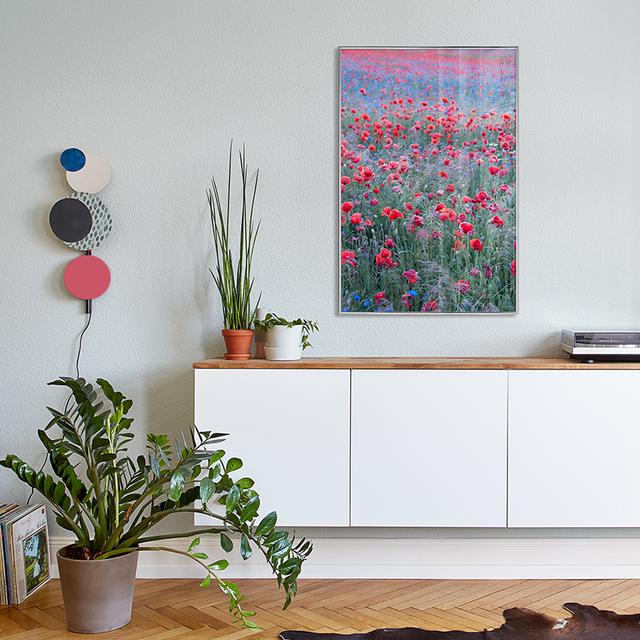
Poppies: free and self-confident
Poppies are full of life, yet they also possess a soothing quality. Their bright red petals grow where they please and wither as soon as they’re picked. Associated with Morpheus, the Greek god of dreams, their seeds have a sleep-inducing effect, alleviating nervousness and emotional outbursts. In summer, red seas of poppies reach back as far as the eye can see, captivating us with their enchanting scent. It’s certainly a flower that stands out from the crowd—perfect for extroverts who like to be the centre of attention. As the flora of free spirits it’s sweet and full of confidence.
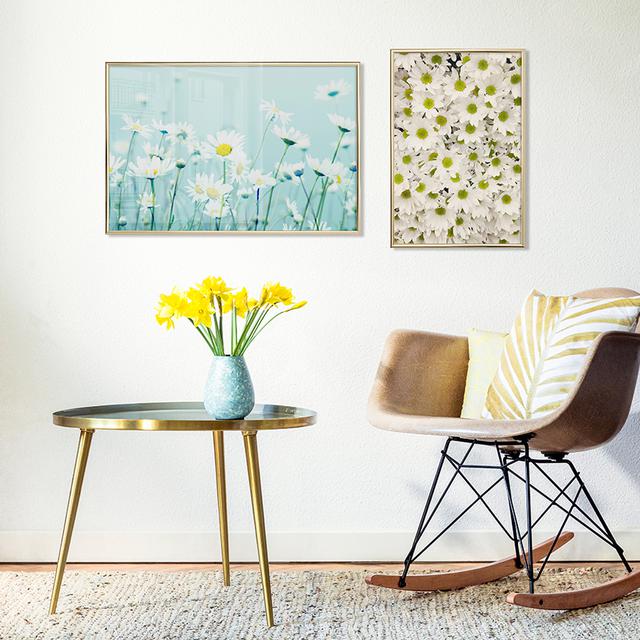
Daisies: innocent yet optimistic
“He loves me, he loves me not, he loves me…” In our cultural consciousness, daisies are synonymous with spring, youthful love, and childlike innocence. Often associated with the Garden of Eden, the daisy was one of the main symbols of courtly love in the Middle Ages. If a young lady wished to make her love for a knight official, she would wear a daisy in her hair and allow him to engrave two of the flowers symbolically into his armour—a way of pledging to marry him upon his return. These cheerful flowers can be perfectly fashioned into headdresses or necklaces and radiate a pure joie de vivre. Reminisce about long summer evenings spent weaving flower chains by giving the gift of daisies to rediscover the carefree joys of childhood.
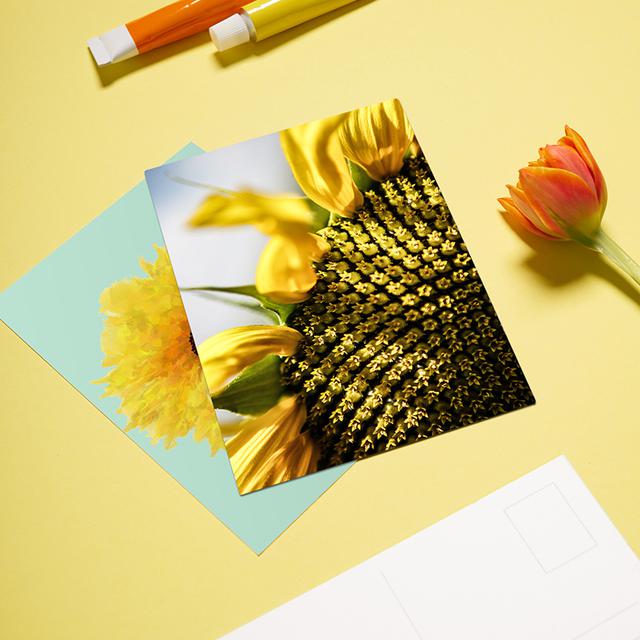
Sunflowers: between pride and admiration
The radiant blossom of the sunflower is reliant on on the rhythm of its namesake—a phenomenon for which the Ancient Greeks had an explanation. Ovid tells the tale of Clytie, a water nymph who fell in love with the sun god Helios. Helios, however, had an affair with her sister Leucothoe. When the sisters’ father heard of the affair, he was furious and buried Leucothoe alive. Clytie attempted to win his love back, but Helios could never forgive her for telling her father. Out of shame and desperation, she mourned her love, starving on a rock and staring at the sun. Taking pity on her, Helios turned her into a magnificent sunflower, forever gazing longingly towards Helios’ chariot of the sun. Clytie’s tale is one of hope and ambition, but also of pride and greatness. As a beautiful flower, she has grown tall, but she cannot live without the sun—a symbol of her unwavering loyalty and infinite admiration.
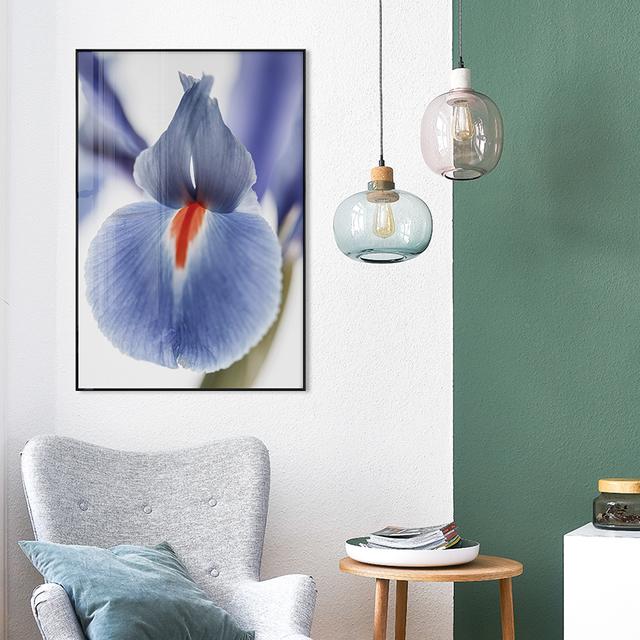
Lilies: virtuous and pure
The lily is considered the queen of flowers. Worshipped by the Ancient Egyptians, it was also crowned the “flower of flowers” in Greek mythology and associated with the goddess Hera. The story goes that Zeus, her husband, had a son with a mortal. He wanted his son, Heracles, to become immortal and so had Hera nurse him against her knowledge. Heracles suckled so strongly that Hera pushed him away in pain. Her milk sprayed into the sky and formed the Milky Way. A few drops fell to earth, giving birth to the white lily. When crusaders brought the lily back to Europe, it became a symbol of the Virgin Mary’s purity and chastity. Since kings were also chosen by God, the lily also became a symbol of royalty in France. Virtuous, pure, and breathtakingly beautiful, the lily represents the nobility of emotion.

Tulips: the flower of a thousand colours
The word tulip has its etymological roots in the Turkish word ‘turban’. Recurring as a motif in One Thousand and One Nights, the tulip represents paradise on Earth. And just like the cloth headdress, these plants can take on a variety of shapes and colours. Each of its many colours takes on its own meaning, with the rarer hues being particularly valuable. Tulips became the height of fashion in the 17th century Dutch Republic and were so sought after that prices skyrocketed, leading to the world’s first ever speculative bubble. Like all bubbles, it eventually burst as quickly as it had emerged, leaving many traders in ruins.
Among all the vibrant colours in the palette of the tulip, black has never been spotted. For Dumas and Baudelaire, the elusive black tulip became an imaginary muse, establishing itself as a literary symbol for the pinnacle of perfection and beauty. But symbolism in meaning can be found it all its glorious shades, from hopeful yellow to confident pink to admiring purple. Which will you choose?
Give your mum the gift of a framed flower that never wilts, a flora to perfectly capture her personality and show her how truly amazing she is. Because a mother’s love is eternal.
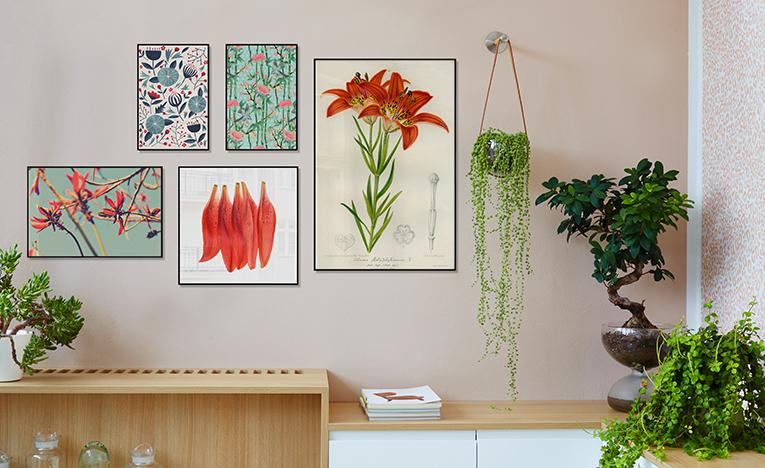
Text: Diane Mironesco
Translation: Nicholas Potter